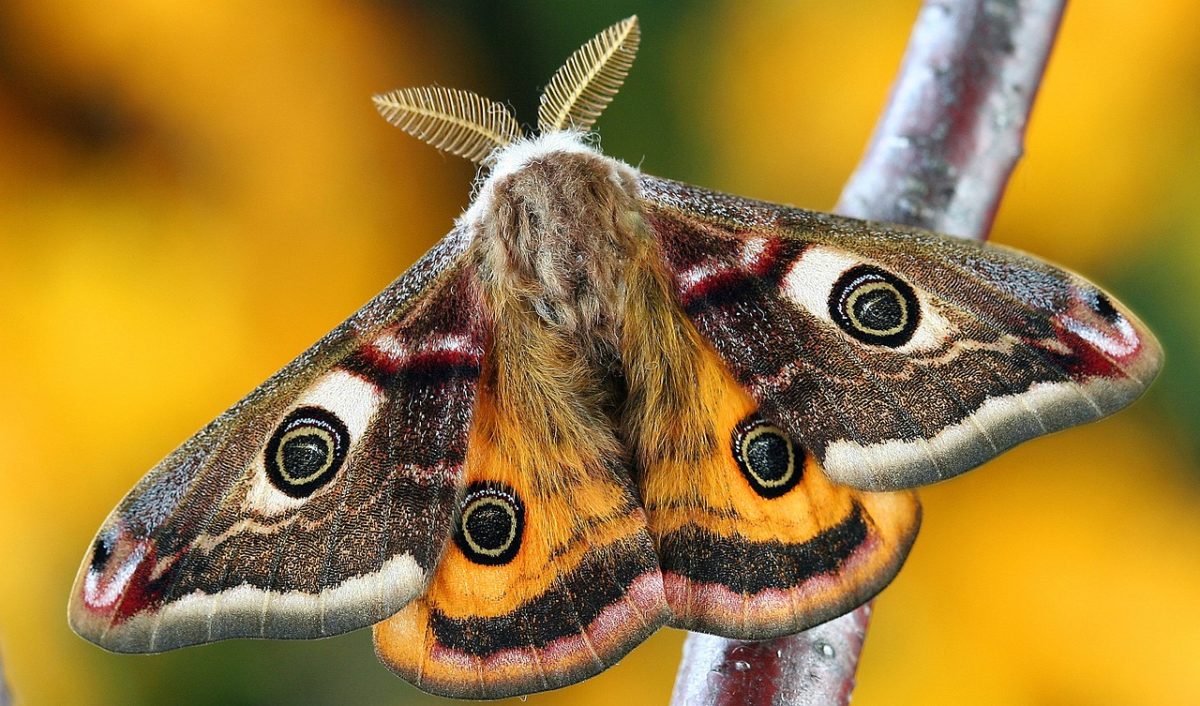When we think of beautiful symbols of winged insects in the natural world, butterflies often shade our eyes. Their vibrant colors and graceful flight makes them the center of attention in gardens worldwide. But, what about their close cousins, moths? Often overlooked and dismissed as the, “ugly sister” of the butterflies, moths have an extraordinary story of their own.
Did you know that butterflies are derived from moths? Both butterflies and moths belong to the same kingdom, Lepidoptera, which basically means “scaled wings.” Both insects share similar characteristics such as their peculiar wing pattern, unique life cycles and their critical roles in pollination. However, moths are overlooked and considered less attractive than butterflies due to their looks.
Unlike butterflies, moths boast an incredible diversity that rivals butterflies. Butterflies are limited to a specific range of colors and patterns, while moths come in an array of shapes, sizes, and colors. Some moths are intricately patterned, resembling beautiful pieces of artwork, while others feature subtle colors that help them blend into their surroundings. Moths are nocturnal creatures, taking flight in dusk or dawn. Their subtle beauty and ethereal, delicate wings become apparent while they are illuminated by the soft glow of moonlight. Observing a moth in the moonlight can be a mesmerizing experience, but not many believe so. Also moths are a crucial part in the ecosystem as pollinators. Although butterflies are know as being pollinators of the day, moths are just as crucial providing vital pollination services at night. Many flowers rely on moths for their reproductions, only opening up at night. Some people that reside in urban areas consider moths as pests, believing that the only main species of moths are clothes moths. There are thousands of moth species, many of which have no negative impacts on humans.
To appreciate moths fully, we need to overcome our biases and dig deeper into the hidden world of nocturnal wonders. Some ways you can begin appreciating moths is by moth-watching activities, leaving a porch light on at night and you can reveal to yourself the incredible diversity of moths in the area you reside. Although moths may not have bright and beautiful colors like butterflies, they are without a doubt astonishing and essential components of our natural world. By taking a closer looks at moths and their contributions, we can gain a deeper appreciation for the unsung heroes of the night sky.

